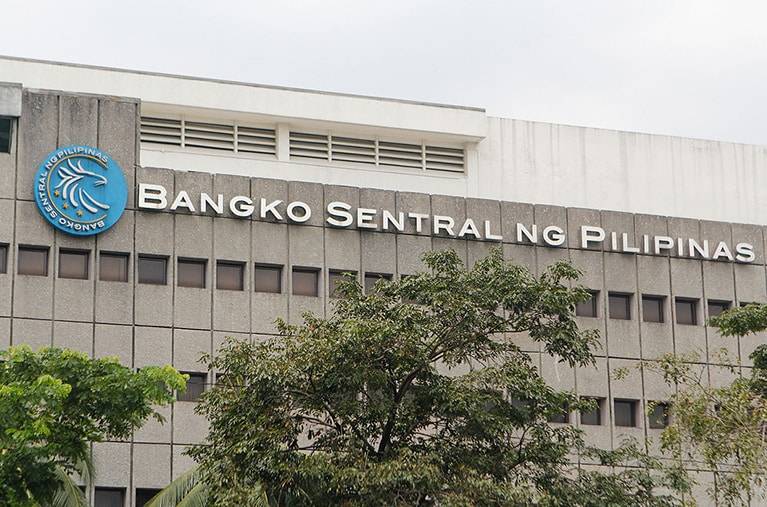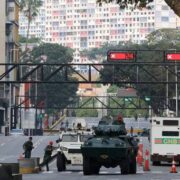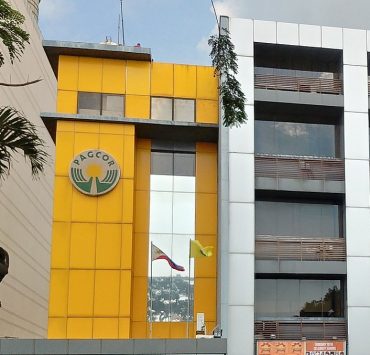BSP stands firm on liquidity requirements

The Bangko Sentral ng Pilipinas (BSP) said there’s no need to ease the liquidity requirements of thrift banks at this time, defying growing calls from the industry for a policy stimulus to boost their lending activities.
The BSP said maintaining the 20 percent minimum liquidity ratio (MLR) of thrift banks is “appropriate” as this ensures that smaller lenders have enough cash to withstand potential stress events while continuing to meet the funding needs of their clients.
Ultimately, the central bank said, reducing the MLR to 16 percent—which was implemented at the height of the pandemic as a regulatory relief measure—is “not warranted at this time”.
“The BSP continues to monitor banks’ compliance with liquidity requirements and will react promptly to any developments that may impede compliance on an industry-wide basis,” the regulator said in a statement.
The decision to keep the current MLR untouched bucked calls from players in the sector to bring the ratio back to pandemic-era levels.
The Chamber of Thrift Banks (CTB), an industry group, had repeatedly called on the BSP to lower the MLR again to free up more loanable funds to support economic growth.
CTB reportedly argued that thrift banks would have to set aside 22 percent of their cash — including the 2-percent reserve requirement ratio (RRR) for smaller banks as a buffer that does not generate returns since this cannot be used for lending activities.
BSP data showed the thrift banking sector had over P35 billion in additional loanable funds as of May 2024. This, while the majority of such banks reported ratios that significantly exceed 20 percent.
“This demonstrates that the thrift banking industry remains capable of complying with the prudential liquidity requirement while continuing to expand lending,” the central bank said.
The BSP added that the MLR and RRR are “not additive in nature” because they serve distinct purposes.
“The MLR is a micro-prudential requirement intended to promote banks’ short-term resilience to liquidity shocks. In contrast, reserve requirements are employed as a monetary policy tool that aids to manage the volume of domestic liquidity,” the BSP said.
“Moreover, bank reserves are considered liquid assets under the MLR framework,” it added.





















